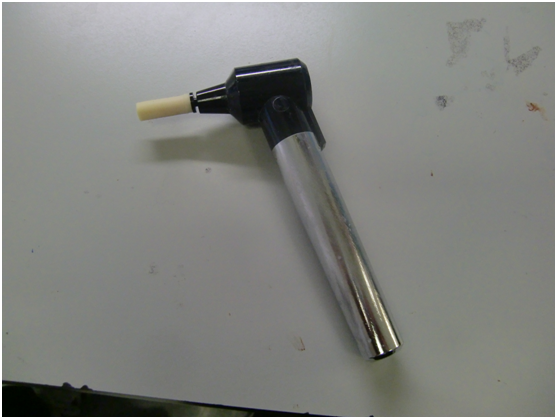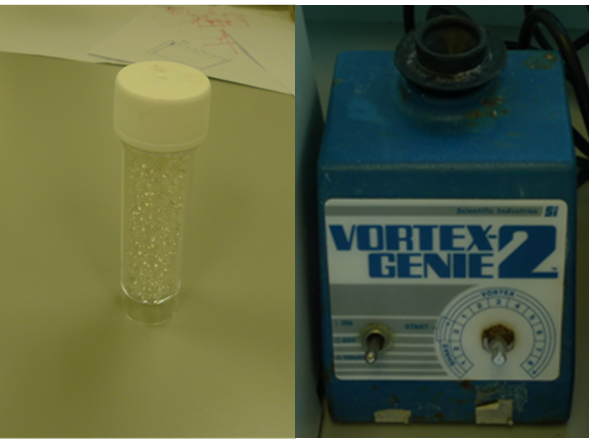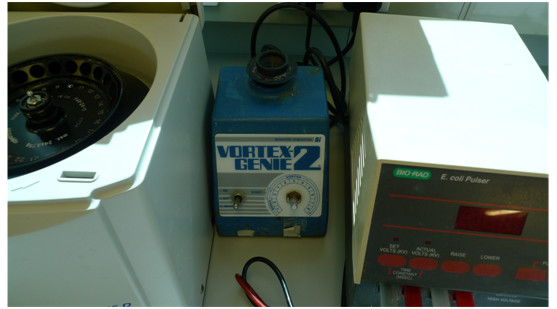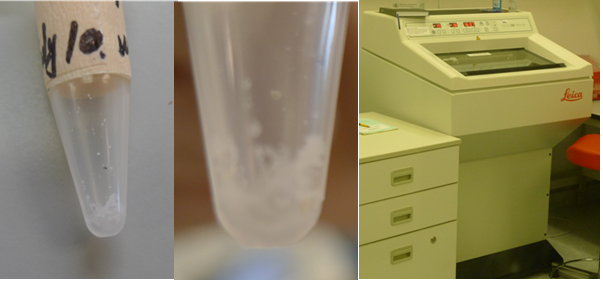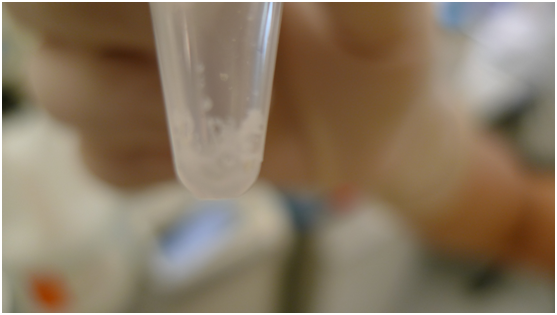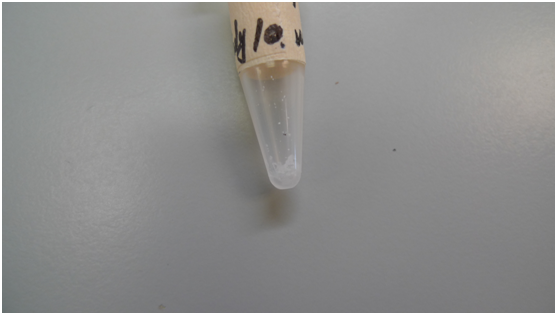Team:HKU-HKBU/Motor Preliminary Trials
From 2009.igem.org
(→Binding performance test using a membrane) |
|||
| Line 5: | Line 5: | ||
==Binding performance test using a membrane== | ==Binding performance test using a membrane== | ||
| - | + | Before the final version of motor that was using the [[Team:HKU-HKBU/Protocols#Photolithography | photolithography photoetching method]] based on silicon, we did several trials to approach the qualified micromotor with the characteristics as: | |
| - | + | 1.It should be shaped into very refined tiny structures. | |
| - | [[Image:HKU-HKBU_motor_results_1.png| | + | 2.It should be able to undergo chemical modifications to coat the biotin on the surface. |
| + | 3.It should be rigid and stable in the bacterial medium. | ||
| + | Here we report our trials by using Immobolin-P membrane which is easy to cut and coat with biotin. | ||
| + | 1.The fragmentation of the Immobolin-P membrane with the help of a mini-homogenizer | ||
| + | The Immobolin-P membrane was first made wet and consequently homogenized with a mini-homogenizer. | ||
| + | Results: The membrane could not be broken into small pieces. | ||
| + | [[Image:HKU-HKBU_motor_results_1.png| right | thumb |200px|Fig 1. The fragmentation of the Immobolin-P membrane with the help of a mini-homogenizer]] | ||
[[Image:HKU-HKBU_motor_results_2.png| center | thumb |200px |Step2.The fragmentation of the Immobolin-P membrane with a generated shearing force by moistening and followed by vortexing]] | [[Image:HKU-HKBU_motor_results_2.png| center | thumb |200px |Step2.The fragmentation of the Immobolin-P membrane with a generated shearing force by moistening and followed by vortexing]] | ||
<gallery align="center"> | <gallery align="center"> | ||
| Line 14: | Line 20: | ||
Image:HKU-HKBU_motor_results_5.png | Image:HKU-HKBU_motor_results_5.png | ||
Image:HKU-HKBU_motor_results_6.png</gallery> | Image:HKU-HKBU_motor_results_6.png</gallery> | ||
| + | |||
{{Team:HKU-HKBU/footer}} | {{Team:HKU-HKBU/footer}} | ||
Revision as of 12:01, 21 October 2009
Binding performance test using a membrane
Before the final version of motor that was using the photolithography photoetching method based on silicon, we did several trials to approach the qualified micromotor with the characteristics as: 1.It should be shaped into very refined tiny structures. 2.It should be able to undergo chemical modifications to coat the biotin on the surface. 3.It should be rigid and stable in the bacterial medium. Here we report our trials by using Immobolin-P membrane which is easy to cut and coat with biotin. 1.The fragmentation of the Immobolin-P membrane with the help of a mini-homogenizer The Immobolin-P membrane was first made wet and consequently homogenized with a mini-homogenizer. Results: The membrane could not be broken into small pieces.
 "
"

